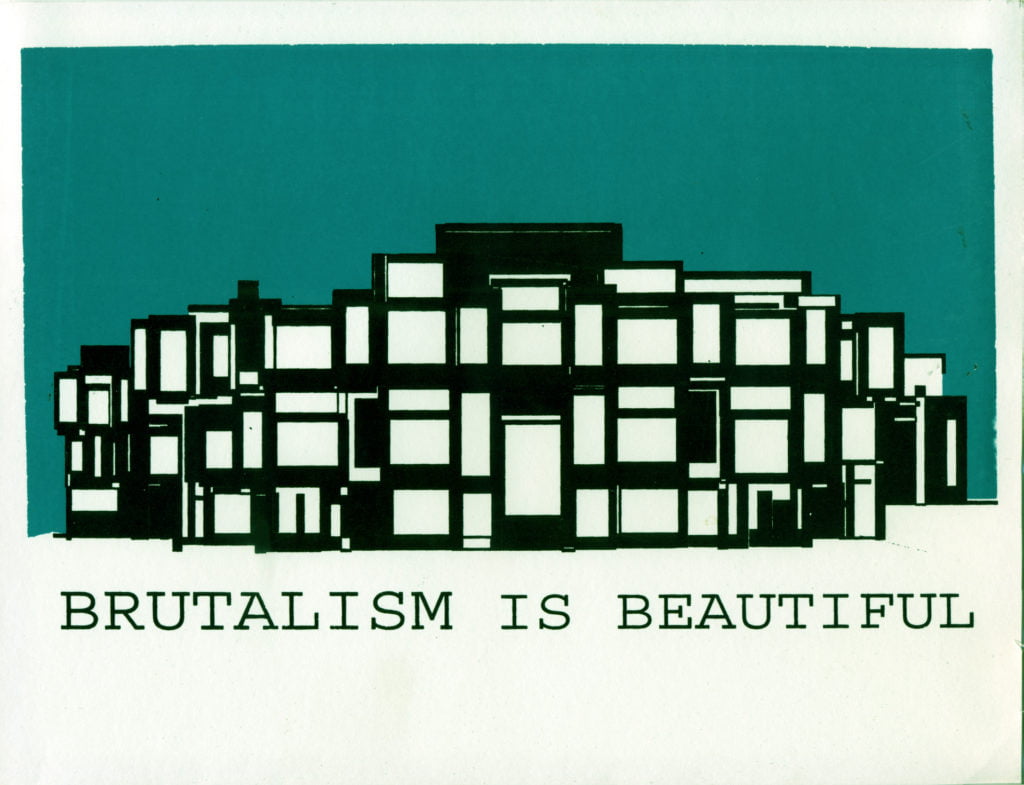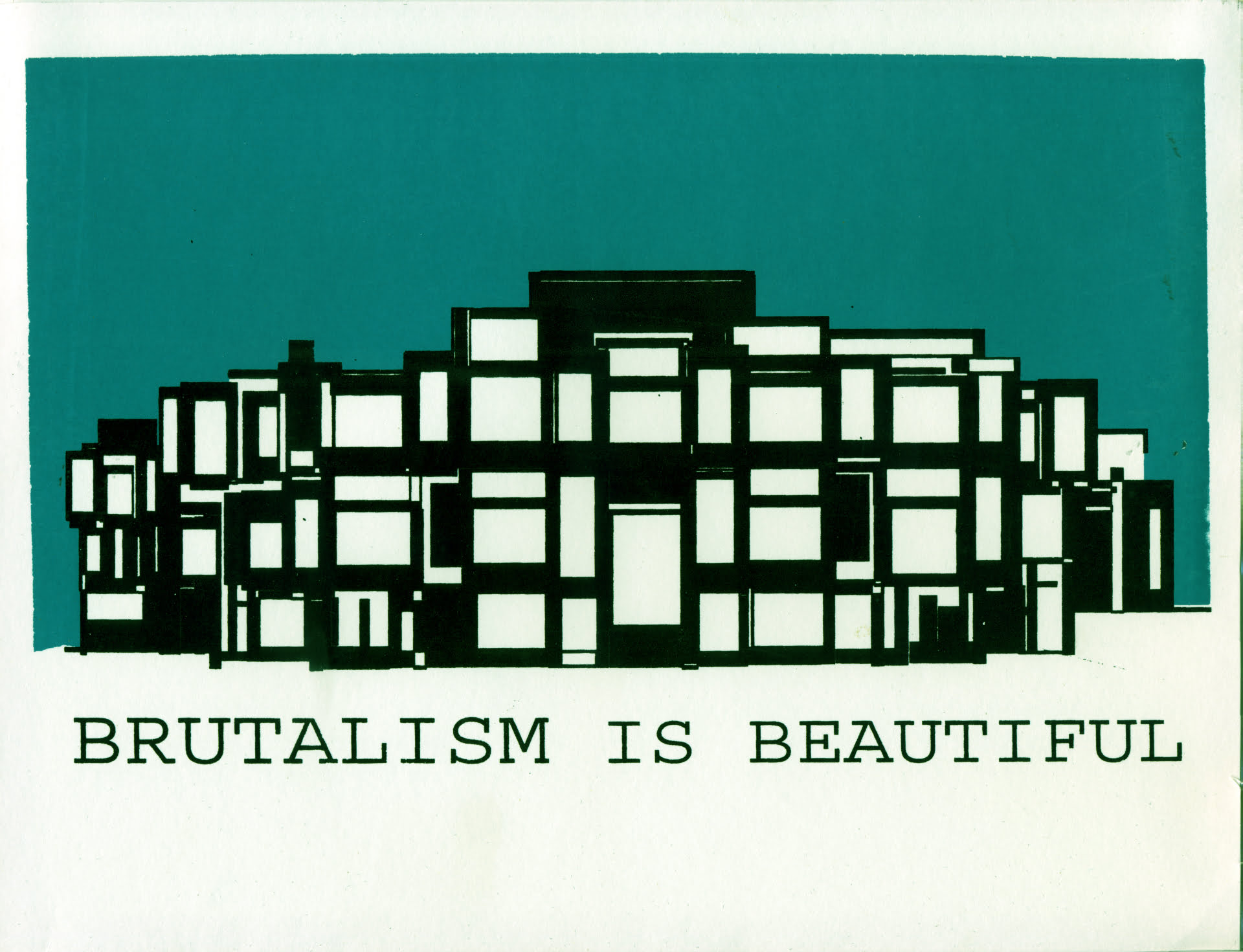What is Brutalist Architecture? When used in describing architecture. Brutalism refers to a dynamic geometric style that is massive, monolithic and block in appearance, and typically contains copious amounts of pour concrete. The style was popular until the mid-1970s and first introduced to the world by the Sultan of Style himself, Le Corbusier. Brutalism (brutalist architecture) was a response to the glass curtain wall that was overtaking institutional and commercial architecture in the 1960s. The brutalist architecture style originated in England. But that is quickly introduced to Ontario. As it afforded an attractive and relatively inexpensive solution to weather and climate control conditions in large buildings. Also, well as a finish that was less vulnerable to vandalism.
As an architect, designer, Urbanist, writer and painter who demonstrated a command of design in its simplest and most utilitarian form, Le Corbusier brought a great degree of attention to the Brutalist movement with the design of his Secretariat Building in Chandigarh, India.
What is Brutalist Architecture – Brutalism movement in Design

Upon first utterance, it certainly doesn’t sound like a pleasant term. However, brutalist architecture is a profound contemporary architectural and design movement that began in the early 1950s and continues to influence the design of buildings and other works even today.
The building is a long, horizontal concrete slab form composed of six eight storied blocks separated by expansion joints and bears close resemblance to the architect’s earlier work, the Marseilles apartment block.
Understanding brutalist architecture:
Le Corbusier used to use the term brutalist architecture to describe his own work, though it was originally coined by the British architects Alison and Peter Smithson. The term eventually became part of the common architectural lexicon when Reyner Banham used it in his book, “New Brutalism”.
In many architectural and design circles, brutalist architecture has been criticized for its uncommunicative and even “ugly” style. It has also been slammed for ignoring historic architectural precedent as well has empathy for its surrounding architectural environment. However, as Banham said in his book, brutalism “makes the whole conception of the building plain and comprehensible. No mystery, no romanticism, no obscurities about function and circulation.” Essentially, brutalism is a no-nonsense style, which is why we at Styleture are such fans of the movement.
Brutalist architecture characteristics:
The 1960s and 1970s were years of great expansion in universities and public buildings, and this is where the Brutalist style is most often found. The development of béton brut, a concrete with no formal finish, was intrinsically linked to this style.
When the form work is lifted from the poured concrete, the rough, naturally textured surface is the final finish. The amount of texture on the surface is dependent upon the amount of texture on the form work.
The smooth texture of glass for windows and doors forms an attractive contrast. Most windows in Brutalist buildings do not open and the buildings are thoroughly climate- controlled. The design of the building is largely dependent on the shape and placement of the various room masses. Outlines are quite intricate and exterior walkways are emphasized.
Examples of brutalist architecture:









Additional examples of brutalist architecture include: Queensland Art Gallery, Queensland, Australia; Philippine International Convention Center, Manila, Philippines; Yale Art and Architecture Building, New Haven, Connecticut; Trellick Tower, London, England; and the National Assembly Building of Bangladesh, Dhaka, Bangladesh.
